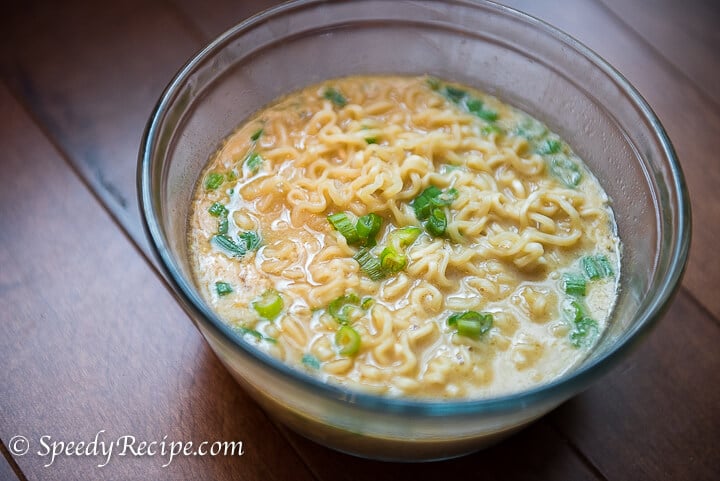In the Philippines, kwek kwek crowds street stalls and school snacks alike. I love pairing it with spicy vinegar, Filipino kids agree. Thanks to my tweaks, it stays speedy yet hits all the right notes in this recipe.

This snack dominates Filipino streets in the late afternoon, when vendors start setting up steel trays and big woks of bubbling oil. It’s eaten standing up, on skewers or toothpicks, while chatting or waiting for a ride.
What is Kwek Kwek?
Kwek kwek is a deep-fried Filipino snack where quail eggs are coated in orange batter and fried until crisp on the outside. It gets its name from the playful sound “kwek kwek,” said to imitate a duck’s quack, possibly tied to its early version that used duck eggs before quail eggs took over. The batter owes its bright orange color to annatto (achuete) seeds soaked in water, a natural coloring widely used in Filipino kitchens.
It’s affordable, easy to eat, and sold by vendors who often offer a choice between vinegar dips or sweet sauces. Many non-Filipinos try kwek kwek out of curiosity and grow to love its simplicity – it’s quick, handy, and surprisingly filling despite its size.
One thing most people miss is that kwek kwek is often confused with tokneneng. Both are battered and fried eggs, but kwek kwek uses quail eggs, while tokneneng uses chicken or duck eggs. Another surprise for first-timers is that the vibrant orange color doesn’t mean it tastes spicy or strong. It’s all about looks that look so appealing, especially for kids.

Ingredients of Kwek Kwek
- Quail eggs (15 pieces) – These small eggs are creamy when boiled and the perfect size for street-style snacks. They’re the main star of kwek kwek.
- Flour (1½ cup) – This holds the batter together and gives structure as it fries. I use all-purpose to keep it neutral.
- Cornstarch (¼ cup) – This lightens the batter and helps it crisp up without feeling heavy. When mixed with flour, it improves how the coating sets.
- Annatto water (1 cup) – This is made by steeping annatto seeds in hot water. It gives the signature orange look that kwek kwek is known for.
- Salt (½ teaspoon) – Just enough to season the batter without overpowering the egg.
- Ground black pepper (¼ teaspoon) – Adds a quiet kick and keeps the flavor from being flat.
- Garlic powder (1 teaspoon) – I always use this to bring out more flavor in the otherwise plain flour mix.
- Water to boil eggs (4 cups) – Enough to cover and boil all the eggs evenly.
- Cooking oil (2 cups) – Used to deep-fry the eggs. I use neutral oil with a high smoke point to keep the flavor clean.

How This Kwek Kwek Stands Out
Some kwek kwek recipes skip the cornstarch, making the coating turn soggy quicker. Others use artificial food coloring that adds no value beyond appearance. My version skips those shortcuts and relies on annatto water for a more traditional look without artificial taste. I also include garlic powder, which many skip, to help build a stronger batter flavor.

How to Cook Kwek Kwek
- Boil the Eggs – Pour 4 cups water into a pot and bring it to a boil. Add 15 quail eggs and let them cook for 3 to 4 minutes. Drain the eggs and let them cool completely. Once cool, peel off the shells and set the eggs aside.
- Prepare the Batter – In a bowl, combine 1½ cups flour, ¼ cup cornstarch, 1 teaspoon garlic powder, ¼ teaspoon black pepper, and ½ teaspoon salt. Pour in 1 cup of annatto water and stir until no dry pockets remain. The batter should be thick enough to cling to each egg.
- Coat Each Egg – Submerge the peeled eggs into the batter one by one. Make sure each egg is fully covered, and gently swirl the bowl so they don’t stick together.
- Heat the Oil – In a deep pot, pour in 2 cups of cooking oil. Turn the heat to medium and let the oil get hot enough for frying.
- Fry the Eggs – Using a spoon, scoop one egg along with its batter and slowly slide it into the oil. Let the excess batter drip first so it won’t clump. Fry each egg for 1 to 2 minutes, just until the outside sets and crisps.
- Drain Well – Remove the eggs from the pot using a kitchen strainer or slotted spoon. Place them on a plate lined with paper towel to absorb excess oil.
- Serve Fresh – Serve kwek kwek hot with spicy vinegar or sweet brown dipping sauce. I always make sure to serve them while still crisp.

What to Have with Kwek Kwek
I’ve had kwek kwek with everything from soda to side salads. Here’s how people in the Philippines often pair it.
- Spiced Vinegar – The most common dip. A mix of vinegar, crushed garlic, pepper, and chopped chili. Take a look at more Filipino vinegar dipping sauces.
- Manong Sauce – A thick, sweet-salty sauce made with soy sauce, flour, sugar, and garlic. “Manong” comes from the Filipino language, which means “Sir” when addressing a male stranger. Most vendors of food carts are “manong,” thus the name.
- Fish Balls – Not exactly a side dish, but often eaten together. Vendors usually offer both at the same stall.
- Cucumber Salad – Thin cucumber slices tossed in vinegar with a bit of sugar. Refreshing and cuts the oil.
Overall, kwek kwek gives you a satisfying fried bite, and the dips take it in different directions. It’s the kind of thing that my family always grabs even when we’re outside the Philippines.









Leave a Reply to Ann Cancel reply